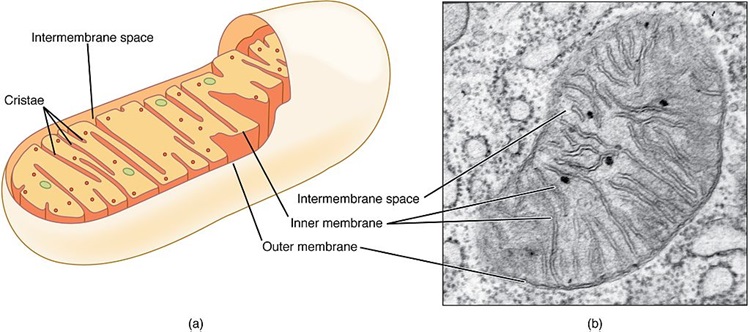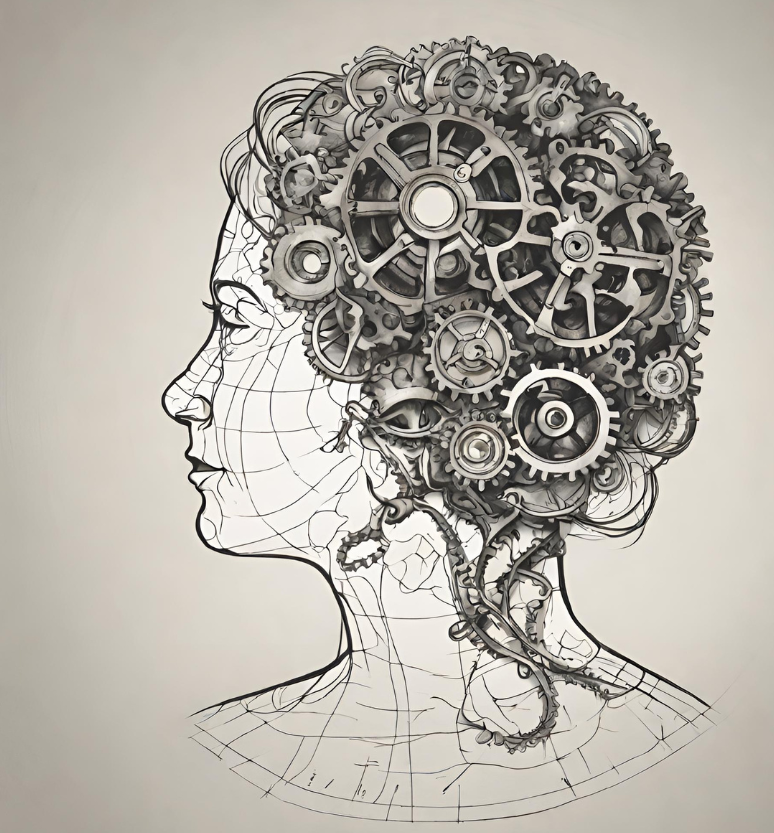Through personal experience and research, I have gained insight into the power of repetitive thoughts and behaviors in creating new neural pathways and forcing the brain to “rewire” itself. This has occurred within my brain as I recovered both physically and mentally after suffering from a cerebellar stroke. Repetition of activity and repetition of thoughts retrain the brain. I will delve into each subject separately, as they are both similar, yet use different avenues to achieve results
Regaining Physical Capacity After My Stroke
In November 2002, I found myself in a coma following a massive cerebellar stroke. This was after 13 years of other issues. The stroke was precipitated by a suicide attempt, one of many over the course of 13 years of poor mental health, drug and alcohol use, anorexia, and bulimia. Details of my story can be found here. With that stroke, I lost all ability to move. Even swallowing was difficult. At that time, I did not know how to recover and the physicians did not appear to think recovery was possible. In fact, the possibility of the long-term training of my brain’s neuroplasticity was mentioned as a mere afterthought by my neurological team. I will admit that at the time this was not something I was overly concerned with initially either. I was simply trying to survive.
At some point, however, I became aware of the fact that the cans of soup I was lifting for physical therapy seemed incredibly easy to lift. Of course, this was gradual and after months of training. It was then though that I realized that minimal retraining of these neurons could yield such results. Research supports this. Here is some of the science behind the post-stroke improvement of the neural pathways pertaining to motor skills.
Over time, I recognized that many years of consistent repetitive physical activity, in my case weightlifting, has retrained the neurological damage acquired by my brain in ways greater than was remotely expected to be achievable without the use of pharmaceuticals, which given my history, I was none too keen to take. I am happy to say that I have yet to take any drugs to treat my extreme neurological symptoms. Instead, I trained, day in and day out. The simple act of repetition and strength building seems to have re-trained my brain. I am now able to walk, talk, and swallow. This took upwards of 17 years to achieve, an exceedingly long and arduous process, but it was well worth the avoidance of medicinal side effects.
In addition to the physical training, I found that supplementation with certain vitamins, such as thiamine, a strong multivitamin, vitamin C, and vitamin D daily, has allowed me to achieve that which dumbfounds scientists and doctors. Vitamins, supplementation, and strenuous physical activity are looked down on by most professionals. I guess things like proper nutrition and exercise are not considered scientific. They work, though. At least for me, they did.
Hopefully, my medical journey will challenge the current medical perspective, and if not, inspire other similarly afflicted individuals to pursue alternative approaches. I have dealt with a cerebellar stroke, anorexia, bulimia, cyclothymia, substance abuse, dialysis, coma, and spinocerebellar ataxia, to name a few of my physical ailments, but I am doing extremely well, despite it all. This is contrary to what was expected of me by my physicians. Frankly, many still cannot believe what I have achieved. Research supports my success. From Neuroplasticity after Traumatic Brain Injury – Translational Research in Traumatic Brain Injury:
The central nervous system (CNS) retains an innovative ability to recover and adapt secondary compensatory mechanisms to injury. The basis of recovery stems from neuroplasticity. This is defined as the ability of neuronal circuits to make adaptive changes on both a structural and functional level, ranging from molecular, synaptic, and cellular changes to more global network changes. The adult brain was traditionally thought to be stagnant, with neuroplasticity confined to cortical development.
Although traumatic brain injuries differ in some ways from stroke, the principles of neuroplasticity remain. The key to retraining the brain is simple repetition. That, along with other supportive influences like diet, nutrition, and of course, no small degree of mental fortitude, is, in my opinion, far more important than medication.
Rewiring Thoughts and Emotions
The concept of creating new neural pathways in the mental and emotional portion of the brain is the most important aspect of this particular subject for me. I have more experience, personally, with this than my physical situations. In 1990, I began down a path of mental self-destruction. Years of depression turned into bouts of psychosis. I attempted to vanquish the mental torment through heavy drug and alcohol use, which was compounded with severe anorexia and bulimia. I was admitted to countless hospitals, treatment centers, and alcohol and drug rehabilitation centers between 1995-2002. I attempted to commit suicide 5 times between 1995-and 2003. The pain I felt from existence was so unbearable that I could not fathom the thought of mortal existence. I suffer from genetic mental illness. This has been an ailment in my family lineage for as long as there have been historical records. It should be noted that many of the mentally ill members of my family have been or are, incredibly intelligent. There is a commonality with those I have interacted with. During our suffering, we repeatedly told ourselves similar things. A lifetime of imprinting our minds with these statements ultimately led to feelings of futility and attempted or completed suicide. The following was ingrained on our psyche, through years of reiteration and brain imprint: “CAN’T”, “NEVER”, “IMPOSSIBLE”.
I remember the specific day that changed my life. On December 15, 2013, I had enough of it all. I was no longer suicidal yet was hit with this realization that my mental health was taking such an enormous toll on me physically and if I did not completely change, mentally, I would not remain alive for very much longer at all. It should be noted that there are countless people throughout the world who have dealt with or are currently dealing with situations parallel to mine. These people remain in the shadows, but trust that the amount of emotional pain they feel or have felt mimics my own.
As would be imagined, by 2003 regular visits to psychologists and counselors had become a routine part of my existence. On the aforementioned date of that monumental decision, I was in some sort of confused state as to “how” I would retrain my brain like I was retraining my body. I quickly recalled an idea mentioned to me by a psychologist regarding retraining neural pathways. I instantly searched keywords online and was inundated with stories, scientific studies, and articles written by prestigious medical professionals. This was, undoubtedly, an extremely effective tool. As I dug deeper, the concept behind this method seemed attainable. I had spent my life reinforcing negative beliefs and thoughts in my mind. Over the years, the negative self-enforcement had imprinted itself deep within my psyche. I need to reverse this and imprint more positive thoughts.
My entire life, I had plied myself with pharmaceuticals and had found no relief. These medications made matters worse. I had somehow come to rely on and believe that these drugs would “fix” me. In pursuing the medical model, I had turned my life over to medicine, and as consequence, did not understand the concept of responsibility for my own life. If I was to retrain my mind, this had to change. I had become responsible for my own life. I began by doing some intense psychological work.
I upped my counseling session to twice a week and realized that the only way I would truly be able to undergo this retraining would be through honesty. Blatant honesty. Not only with my therapist, but with myself. I had to break down the barriers that had barred my mind from receiving any type of positive self-talk. At some point, my counselor and I created a personal mantra:
“Nothing in my life has been a waste.”
This brought a sense of relief. I repeated this to myself ad nauseum. The underlying reasons for my suffering began to seem less invasive and not quite as severe as once thought. I was able to ascertain meaning in my life. Another enormous thing I began to do was to accept compliments. I had become accustomed to rejecting and deflecting them. Self-deprecation had become my normal. Through acceptance of others’ positive views of myself, I was able to view myself more positively.
I was not prepared for the mental shock of quickly switching my thoughts to positive. I feel it necessary to relay this, everything was worth it. The pain, the tears, the hard internal work, it was a small price to pay. The feeling I have now is worth every moment of strife that I experienced initially. This is the recount of my experience. The following are some articles to back up my personal experience, as it is that. My personal experience. Also searchable are more complex experiments, data, and peer-reviewed articles. I challenge the reader to research “neural pathways,” study the idea, be your own mental health advocate, and, if fitting, discuss the concept with your health provider.
You may be surprised by the results!
Here are some articles to consider to begin your journey.
- Positive psychology. An introduction
- The 4 Underlying Principles Of Changing Your Brain
- Self-Directed Neuroplasticity: Consciously Changing Your Brain Function
We Need Your Help
More people than ever are reading Hormones Matter, a testament to the need for independent voices in health and medicine. We are not funded and accept limited advertising. Unlike many health sites, we don’t force you to purchase a subscription. We believe health information should be open to all. If you read Hormones Matter, and like it, please help support it. Contribute now.
















Thank you, Arlyn, for sharing your story. I can hardly wait to see where you go next!
I definitely just noticed this! Yes! Story: my grandmother has Alzheimer’s! My experience with repetition led me to use crossword puzzles with her to use its neuroplastocity to slow her cognitive decline!